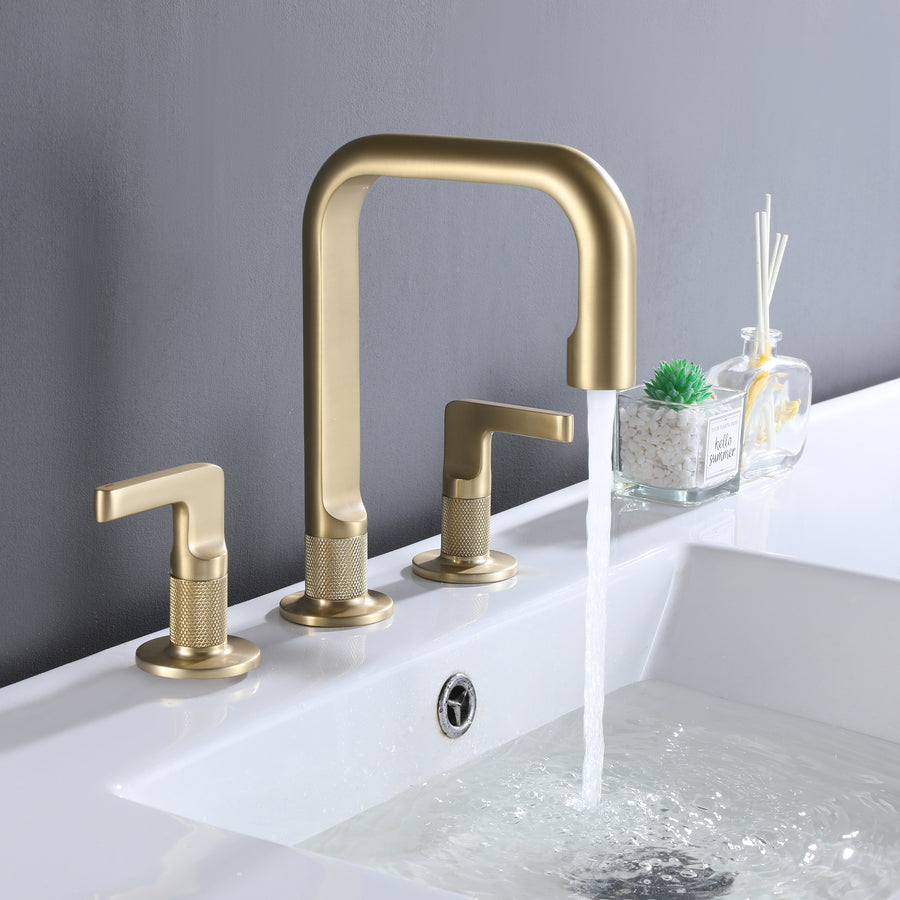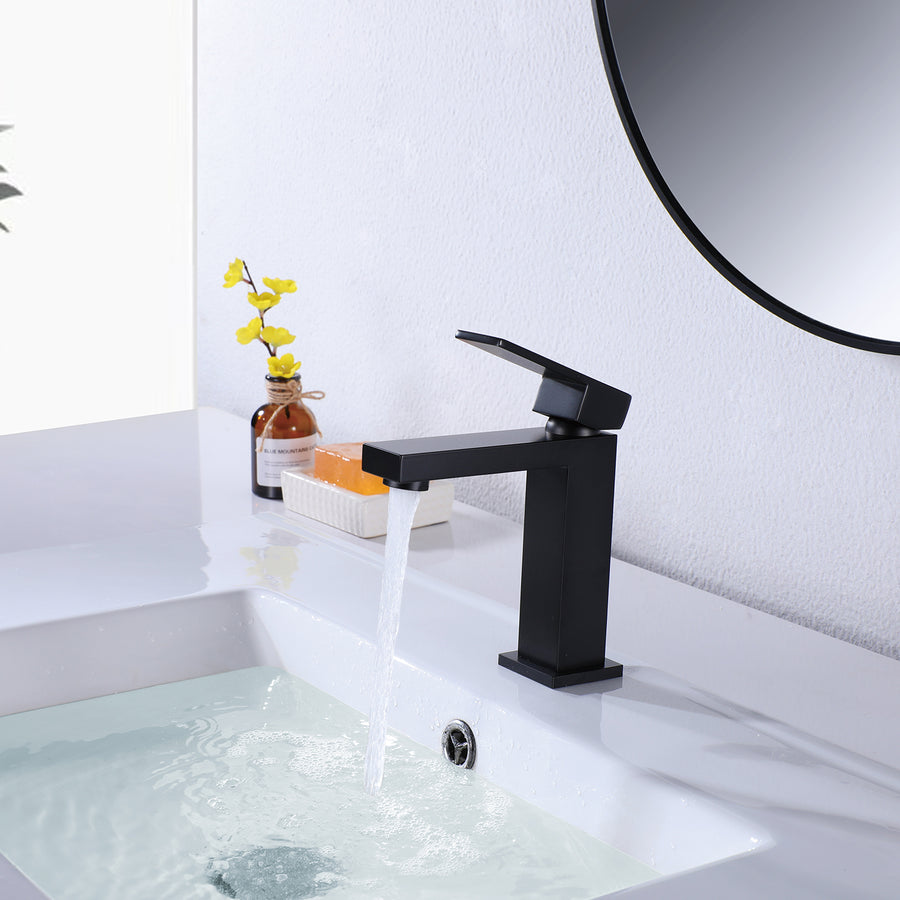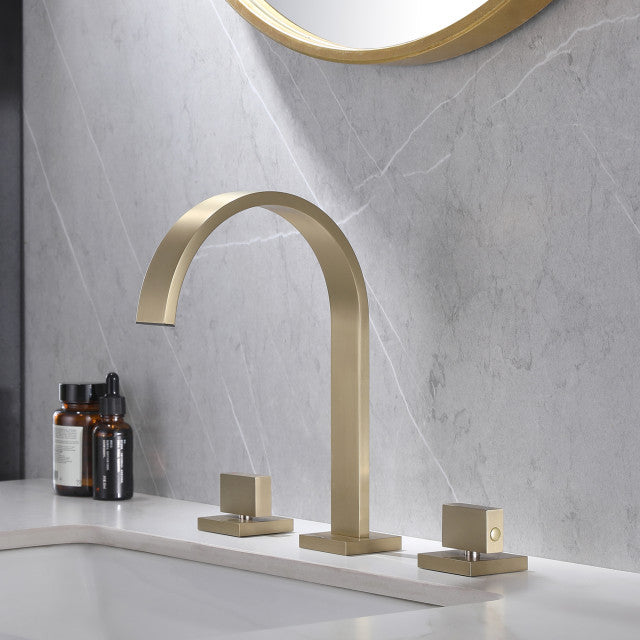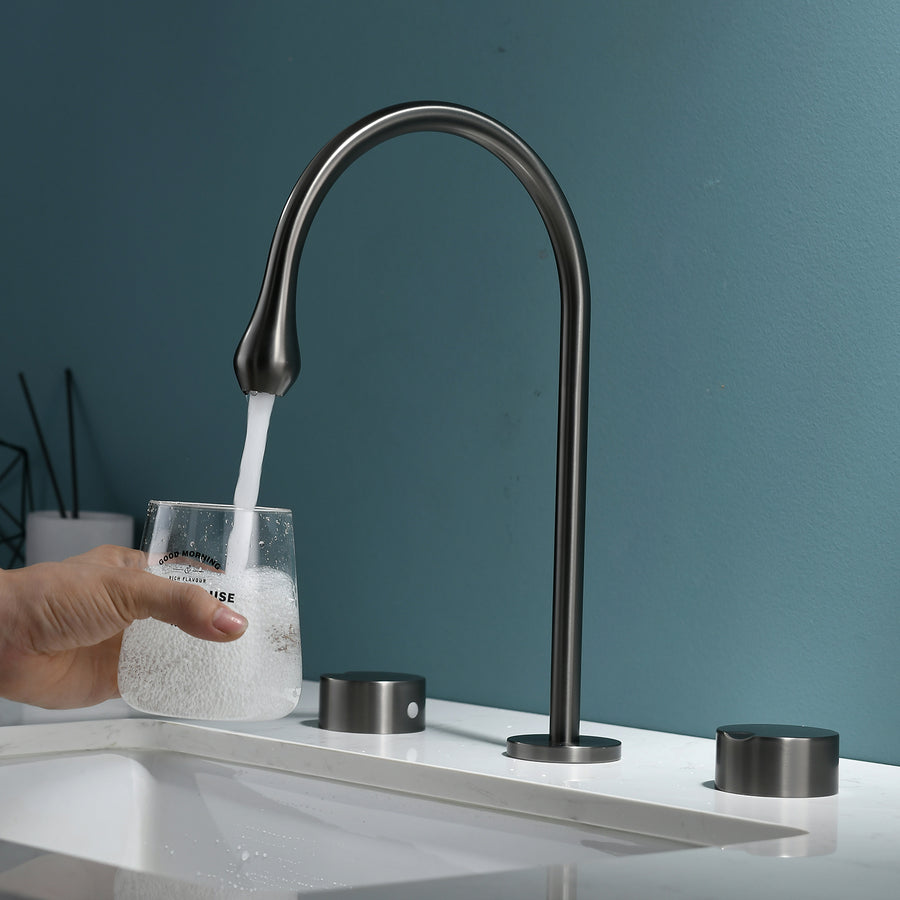I. Introduction
In the realm of bathroom design, every detail holds significance, from the layout to the choice of fixtures. Among these, the selection of materials for bathroom faucets stands as a crucial decision that can profoundly impact both functionality and aesthetics. This introductory section aims to underscore the importance of understanding the diverse range of metals used in crafting bathroom faucets, setting the stage for a deeper exploration into their properties and advantages.
Bathroom faucets serve as more than mere conduits for water; they are essential elements that contribute to the overall style and functionality of the space. From traditional to contemporary designs, faucets come in various shapes, finishes, and materials, offering consumers a wide array of options to suit their preferences. By delving into the realm of faucet materials, individuals gain insight into the factors that define durability, resistance to corrosion, and overall performance, empowering them to make informed decisions when selecting fixtures for their bathrooms.
II. Common Metal Materials
When it comes to crafting high-quality bathroom faucets, manufacturers often turn to time-tested materials known for their durability, aesthetic appeal, and functionality. This section explores two common metals used in faucet construction: brass and stainless steel, shedding light on their distinctive properties and advantages.
Brass, an alloy of copper and zinc, has long been revered for its resilience and versatility in faucet manufacturing. Its inherent durability and resistance to corrosion make it an ideal choice for bathroom fixtures exposed to moisture and frequent use. Moreover, brass's malleability allows for intricate designs, enabling the creation of faucets that marry both form and function seamlessly. With a variety of finishes available, from polished to brushed brass, consumers can customize their faucets to suit their preferred aesthetic and complement their bathroom decor effortlessly.
Stainless steel, renowned for its durability and sleek appearance, has emerged as a popular choice for modern bathroom faucets. Its resistance to corrosion and tarnishing makes it well-suited for environments prone to moisture and humidity. Beyond its practical benefits, stainless steel exudes a contemporary elegance that enhances any bathroom space. Whether opting for a polished or matte finish, stainless steel faucets offer timeless appeal and enduring performance, making them a favored choice among discerning consumers seeking both style and functionality in their bathroom fixtures.
III. Specialty Metals
While brass and stainless steel remain stalwart choices for bathroom faucet materials, specialty metals offer unique characteristics and aesthetic appeal for discerning consumers. This section delves into two such metals: nickel and bronze, highlighting their distinct properties and advantages in faucet construction.
Nickel, prized for its lustrous finish and durability, presents an attractive option for bathroom faucets seeking a balance between sophistication and functionality. Available in brushed or polished variants, nickel faucets add a touch of elegance to any bathroom decor while offering superior resistance to tarnishing and scratching. Furthermore, nickel's compatibility with various styles, from traditional to contemporary, makes it a versatile choice for consumers seeking timeless appeal in their bathroom fixtures.
Bronze, renowned for its warm and rich tones, evokes a sense of luxury and timelessness in bathroom design. Whether opting for oil-rubbed bronze for a vintage-inspired look or aged bronze for a rustic charm, bronze faucets infuse character and personality into any space. Beyond aesthetics, bronze boasts exceptional durability and longevity, making it an investment-worthy choice for discerning consumers seeking enduring quality in their bathroom fixtures.
IV. Emerging Materials
As technology continues to advance, so too does the realm of faucet materials, with innovative options offering enhanced durability, sustainability, and aesthetic appeal. This section explores two emerging materials: titanium and zinc alloys, shedding light on their unique properties and potential applications in faucet construction.
Titanium, prized for its exceptional strength-to-weight ratio and corrosion resistance, represents a cutting-edge choice for modern bathroom faucets. Its lightweight yet robust nature makes it an ideal material for creating sleek and minimalist designs that exude contemporary elegance. Additionally, titanium's environmental sustainability and recyclability further underscore its appeal for eco-conscious consumers seeking sustainable solutions in their bathroom fixtures.
Zinc alloys, known for their affordability and versatility, offer a practical yet stylish option for budget-conscious consumers. With a wide range of finishes available, from chrome to brushed nickel, zinc alloy faucets provide endless design possibilities to suit various bathroom decors. While not as durable as brass or stainless steel, zinc alloys offer excellent value for money and can be an attractive choice for individuals seeking stylish yet economical options for their bathroom fixtures.
V. Conclusion
In conclusion, the selection of materials for bathroom faucets is a decision that merits careful consideration, as it directly impacts both the functionality and aesthetics of the space. From traditional metals like brass and bronze to contemporary options such as stainless steel and titanium, each material offers unique properties and advantages that cater to different consumer preferences and requirements.
By understanding the diverse range of metals used in faucet construction, consumers can make informed decisions that align with their priorities, whether it be durability, style, or sustainability. From the timeless elegance of brass to the modern sophistication of stainless steel, the choice of materials empowers individuals to personalize their bathroom spaces and create environments that reflect their unique tastes and lifestyles.
As technology continues to evolve and new materials emerge, the future of bathroom faucet design holds exciting possibilities. From innovative materials that prioritize environmental sustainability to cutting-edge finishes that redefine aesthetic standards, the evolution of faucet materials promises to shape the future of bathroom design in exciting and unexpected ways.
In the end, regardless of the material chosen, the essence of a well-crafted bathroom faucet lies in its ability to seamlessly blend form and function, enhancing the overall user experience and elevating the ambiance of the space. With careful consideration and attention to detail, individuals can transform their bathrooms into havens of style, comfort, and functionality, where every detail, down to the choice of faucet materials, contributes to a truly exceptional environment.













